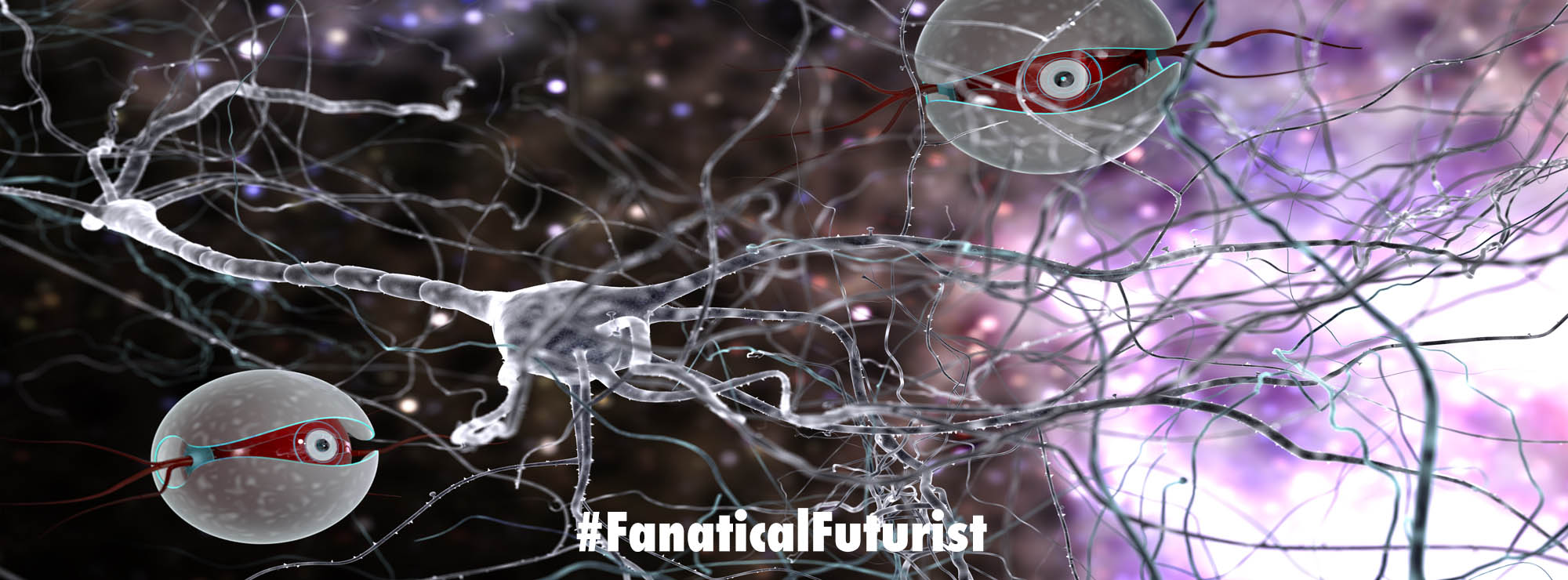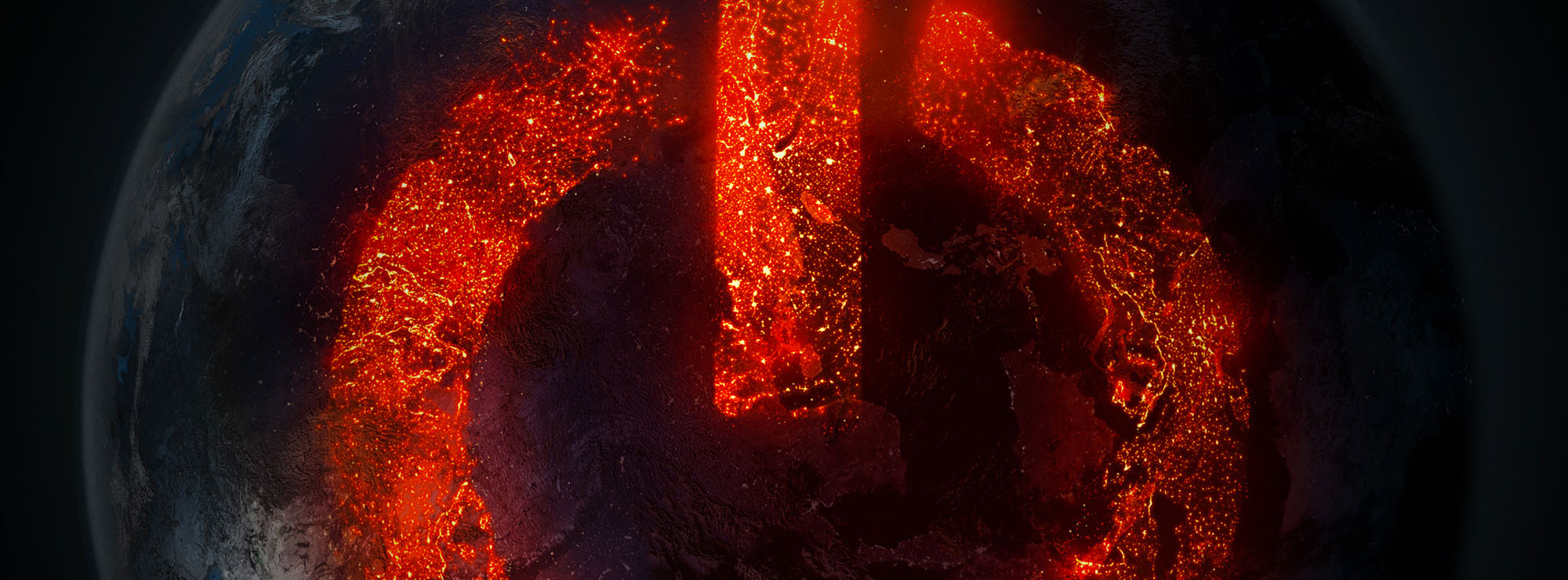WHY THIS MATTERS IN BRIEF
Countries are consuming more energy than ever, but connecting new energy generation assets to the grid can still take years, so Google is now using AI to accelerate the approvals process.
 Love the Exponential Future? Join our XPotential Community, future proof yourself with courses from XPotential University, read about exponential tech and trends, connect, watch a keynote, or browse my blog.
Love the Exponential Future? Join our XPotential Community, future proof yourself with courses from XPotential University, read about exponential tech and trends, connect, watch a keynote, or browse my blog.
As we continue to see the amount of power that Artificial Intelligence (AI) needs to power ever bigger AI models – that are now costing over $1 Billion to train – Google’s AI moonshot unit is partnering with the largest electrical grid operator in North America, PJM Interconnection, to roll out AI technologies aimed at getting new power supplies connected faster, the company said on Thursday.
The collaboration is the first time AI would be used to comprehensively manage an interconnection queue. Electricity demand has been rising as Big Tech builds more data centers to train and deploy AI.
“The industry has been talking about building smarter grids for well over a decade, and now with AI, we have a real opportunity to turn discussion into action,” Amanda Peterson Corio, Google’s data center energy lead, said at a press conference.
Wait times have grown to historic lengths in recent years for connecting the country’s grids to new electricity supplies generated from sources like wind, solar and natural gas.
Those delays have worsened an electricity supply crunch in many parts of the country, pushing up power bills and raising the risk of blackouts, as old power plants retire faster than new supplies connects.
Google, in partnership with the Alphabet-backed Tapestry, says it can help eliminate at least some of the wait by using artificial intelligence to synthesize information and automate parts of the review and planning processes for projects in line to connect to PJM.
“This is really about automating a lot of the things that are being laboriously reviewed,” said Page Crahan, General Manager of Tapestry, which will work with PJM to develop AI tools and models that will be rolled out in 2025 and phased in over the course of several years.
Initially, the technology will be used to automate parts of processes currently done by hand by grid planners, including a review of applications to determine whether a project seeking to connect to the grid is viable.
Over time, the collaboration between Google, Tapestry and PJM will develop a model of the PJM grid like a Google Maps for grid information, “bringing in different layers that planners might need to see in a single toggle on and off view to guide faster decisions, introduce new insights, hopefully find efficiencies in those ways,” Crahan said.
It remained too early to say how working with Google would cut down on times to add new power plant supply to the system, said Aftab Khan, executive vice president of operations, planning and security for PJM.
PJM controls the electrical system that covers 67 million people in the U.S. PJM’s territory includes northern Virginia – the world’s largest data center hub.















